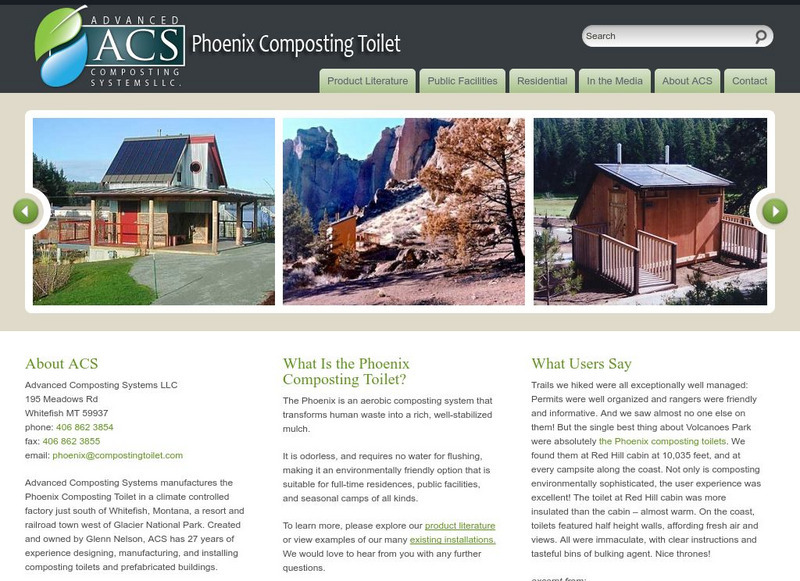Other
Encyclopaedia of Occupational Health and Safety: Environmental Pollution Control
This study provides an orientation to the methods that are applied to control and prevent environmental pollution. The basic principles followed for eliminating negative impacts on the quality of water, air or land are discussed.
US Environmental Protection Agency
Epa: Important Issues
This official site for the EPA describes the issues of the day. Learn about topics such as water, air, climate, wastes and pollution, green living, and more. Find important ways that you can get involved in protecting the environment.
US Environmental Protection Agency
Epa: Lesson Plans, Teacher Guides and Online Resources for Educators
Find an array of environmental and science-based lesson plans, activities and ideas from the EPA, other federal agencies, and external organizations.
US Environmental Protection Agency
Epa: Conservation
Official site with information and resources relating to all aspects of environmental conservation: data, maps and laws. Specific environmental information by zip code provides immediate relevance to your world.
US Environmental Protection Agency
Epa: Secret of Bog Creek
This site has a user guided story about a bog that has been a secret dumping ground for waste.
Other
Earth Day Canada: Eco Kids: Limit Food Waste
Each year, people throw out millions of tons of food that could still be eaten. That is a lot of food! Even when we compost food waste there are still some negative impacts. Resources like water and energy are used to grow and transport...
US Environmental Protection Agency
Epa: Water Sense
After learning simple water-saving tips, students play a game in which they guide "water-efficiency hero Flo" through a maze of pipes, avoiding "water-wasting monsters" and answering questions about water use.
TeachEngineering
Teach Engineering: Environment
Through 10 lessons and more than 20 hands-on activities, students are introduced to the concept of an environment and the many interactions within it. As they learn about natural and human-made environments, as well as renewable and...
Columbia University
Nasa: Sedac: Health and the Environment
[Free Registration/Login Required] A collection of twenty-three data sets from SEDAC (Socioeconomic Data and Applications Center) that examine health issues and how the environment impacts health in areas around the globe. They look at a...
US Environmental Protection Agency
Epa: Envirofacts Data Warehouse
Using zip codes, this site allows students to locate businesses in their communities that are producing wastes.
NOAA
Noaa: National Ocean Service Education: Nonpoint Source Pollution
Illustrated tutorial explains nonpoint source pollution and its role in the health of the environment. Students learn about different sources of pollution and how these pollutants contaminate the land, air, and water. Click on the links...
US Environmental Protection Agency
Epa: Extramural Research Science Topics
This EPA website has links to many science topics about which the Environmental Protection Agency has concerns.
Khan Academy
Khan Academy: The Economics of Pollution
Pollution is an example of a negative externality. Despite the gradual reduction in emissions from fossil fuels, many important environmental issues remain. Along with the still-high levels of air and water pollution, other issues...
Other
Earth Day Canada: Eco Kids: Use a Reusable Water Bottle
Did you know that used bottles and cans often end up in landfills or worse, in our lakes and oceans or on the ground as litter! This pollution hurts birds, turtles, and other wildlife. These are some of the reasons why we should use...
University of Texas at Austin
University of Texas: Human Environmental Interactions [Pdf]
Inspired by Hemispheres' 2004 Teachers' Summer Institute, People and Place: Human-Geographic Relations, this curriculum unit was designed to address human adaptation to and modification of the environment. How have humans adjusted to...
US Environmental Protection Agency
Epa: A Kids Adventure Story
This cartoon describes what the EPA's Superfund is and how water can become polluted. A lab experiment with Q&A is included.
Encyclopedia of Earth
Encyclopedia of Earth: Thermal Pollution
Article cites factors affecting temperature change of Earth's water and explains thermal pollution's impact on our planet's ecology.
US Environmental Protection Agency
Epa: Enviro Mapper Store Front
Lets kids create their own maps, down to the square mile, anywhere in America, choosing various features from water discharges to hazardous waste to roads.
US Environmental Protection Agency
Epa: Surf Your Watershed
This resource provides information on watersheds, maps, activities, and links to local watershed information.
TeachEngineering
Teach Engineering: Design, Build and Test Your Own Landfill
Students design and build model landfills using materials similar to those used by engineers for full-scale landfills. Their completed small-size landfills are "rained" on and subjected to other erosion processes. The goal is to create...
Other
Us Peroxide
US Peroxide is the leading supplier of hydrogen peroxide and peroxygen based technologies and services for environmental applications. Their site includes information about hydrogen peroxide such as common applications, physical and...
Other
Florida Dept. Of Education: Conservation of Renewable and Nonrenewable Resources
In this learning module, students learn to differentiate between renewable and nonrenewable resources, and identify resources that fit into each category. It explains the environmental effects of using nonrenewable resources, such as...
TeachEngineering
Teach Engineering: Eek, It Leaks!
During this activity, students will try to construct model landfill liners out of two-inch strips of garbage bags within resource constraints. The challenge is to construct a bag that will hold one cup of water without leaking. This...
Other
Advanced Composting Systems: Phoenix Composting Toilet
Explains how composting toilets work, their benefits to the environment, useful applications, and information on how to choose a system.
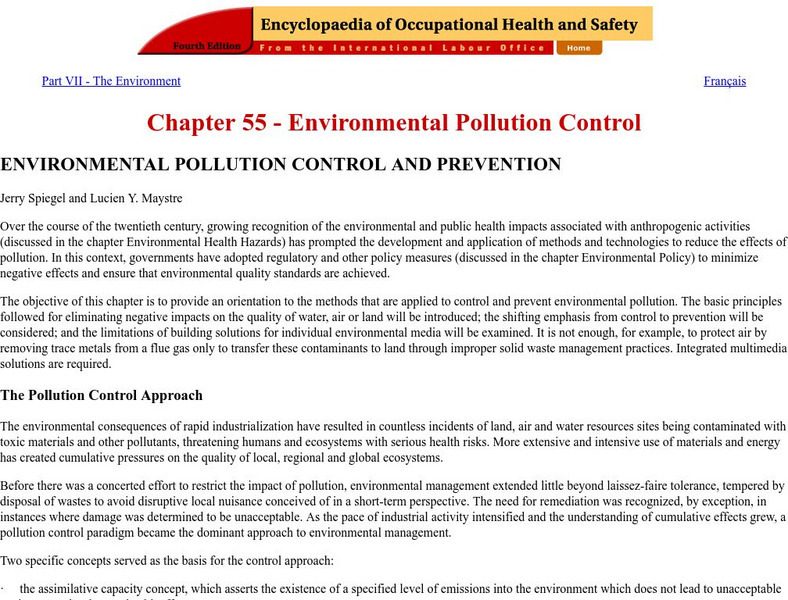
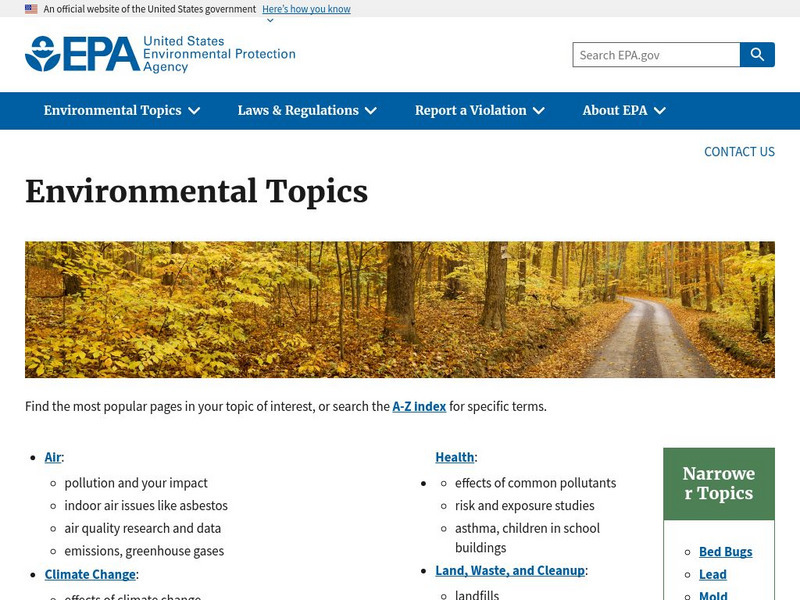
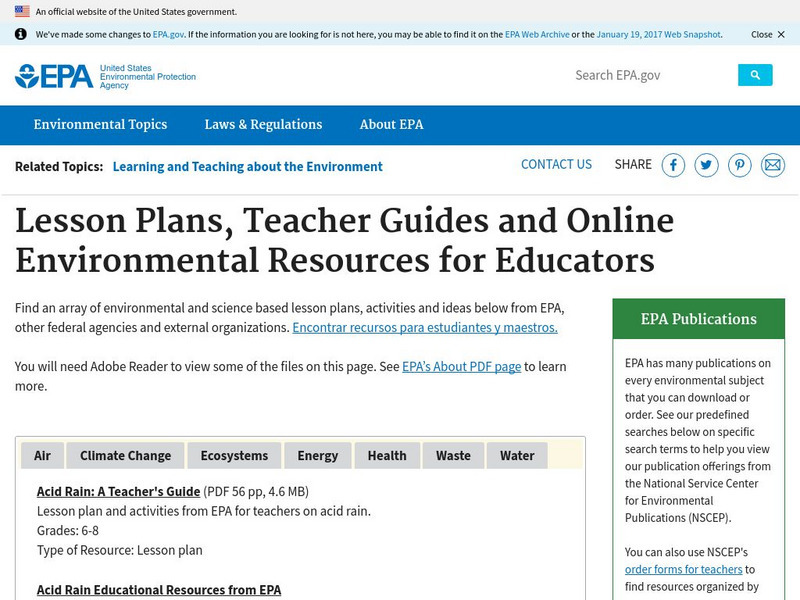





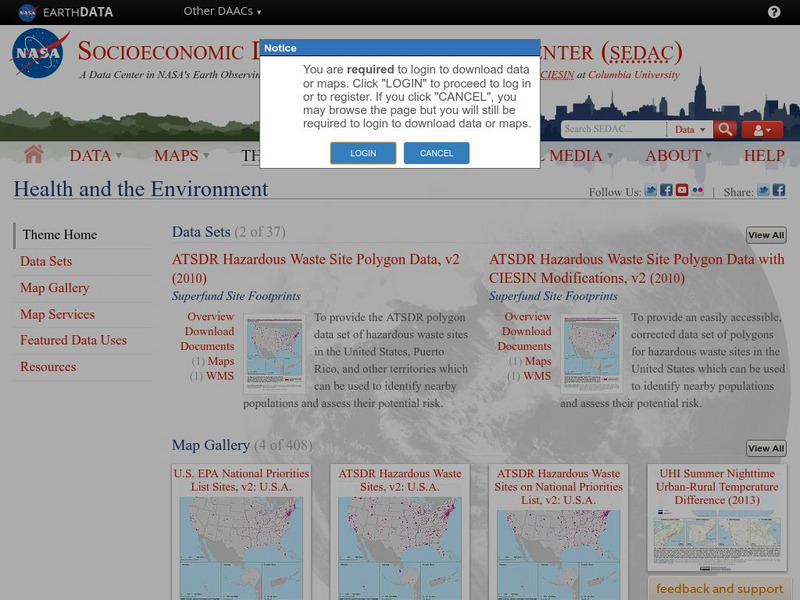





![University of Texas: Human Environmental Interactions [Pdf] Lesson Plan University of Texas: Human Environmental Interactions [Pdf] Lesson Plan](https://d15y2dacu3jp90.cloudfront.net/images/attachment_defaults/resource/large/FPO-knovation.png)








